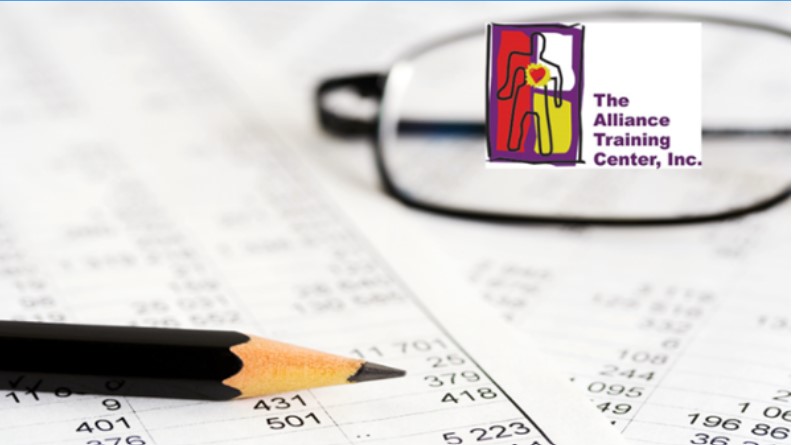

Skilled Nursing
Articles

The Move to MDS 3.0. 1.18.11 Is Coming. Are You Ready?
August 7, 2023In real estate, they say ‘location, location, location.’ In the world of nursing home regulations and changes to the MDS 3.0, its ‘planning, planning, planning…and more planning.’ The third in a series of webinars featuring Leah Klusch, founder and director of The Alliance Training Center, offered some keys to make the move to MDS 3.0 1.18.11 with minimal problems, glitches, and setbacks – and maximum success.
Get Your House in Order
Klusch identified several areas and issues to focus on as you prepare for the revised MDS. Put these in your plans and you can enjoy a clean, competent, and organized move:
Pay attention to audits.
Just as you wouldn’t buy a house without knowing it’s history and condition, you shouldn’t think you’re ready for the changes to the MDS without audits. These, said Klusch, should look at things like admission criteria and primary diagnosis, certification documents that are signed and dated on time, and specific documentation of resident plans and interventions as well as outcomes and documentation of change in coverage. “You need to be looking to see if your current process is adequate, accurate, and timely,” said Klusch.
Have a compliance strategy.
Make sure you have updated copies of regulatory and Part A provider requirements, ensure interdisciplinary team members are aware of the requirements and timing for compliance, and know who is responsible for new staff orientation (have strategies, tools, and processes to ensure consistent, up-to-date training and information).
Ensure compliance with assessment tags 636-641-642.
“You need to look your competency and practice and documentation tools. There are so many changes to Section GG and other coding items,” said Klusch. You need to make sure that in areas where documentation needs to be changed, you are making these changes accurately. For instance, section GG produces the Functional Performance Score for all Part A cases and impacts payment levels in physical therapy, occupational therapy, and Nursing Case Mix index group, and data collection tools or electronic processes need to support all coding. She stressed, “You need to have a compliance strategy and make sure all staff are trained adequately with tools that meet documentation requirements.”
Make sure your manual policies/ procedures are updated.
Know who uses the Medicare Benefit Policy Manual 11-08-2021 as a reference. Make sure they are familiar with revisions and updates and what this means to their roles and responsibilities. This all can seem like a daunting process, but Klusch advised, “Split it up and take it a bite at a time.” She added, “Some of your policies and procedures will need to change, and you’ll need a new format in your MAR. Educate everyone about the structure of the payment process and how data travels from the resident experience to documentation.” These efforts will help ensure data accuracy, which, Klusch said, “is a primary focus for payment and outcome documentation.”
Make sure your team members know what they need to know.
“It is essential to have each team member be competent with the new definitions and data formulation for each section or item on the MDS 3.0 update,” Klusch said. She added, “The assessment must represent an accurate picture of the resident’s status during the assessment reference period,” so all team members participating in the assessment process must have the requisite knowledge to ensure accuracy.
Know the immediate challenges.
“Begin by understanding the current data collection processes, then add the October 2023 RAI Manual changes,” Klusch suggested. Next, evaluate data formulation policies and procedures for compliance, ensure staff competency, and educate all team members and make sure data set format and item changes are implemented. She added, “Evaluate the case management process at the time of admission to increase accuracy of diagnostic information, treatments, interventions, and services necessary to care for the resident.”
Manage the scope of change to the PDPM operationally.
“This is where Medicare Part A payment comes from, and facility ownership and/or onsite management must direct policy and documentation changes required for the new process,” said Klusch. All team members involved need to understand coding directions. She said, “This may call for cheat sheets or summaries they can use. In section GG, there are 10 extra pages of definitions alone. Make sure you have this information integrated into practice processes and document notes in individual files and records so this data can be picked up.
Even if you do everything on this list and then some, it is important not to rest on your laurels. Klusch said, “You need to do some periodic spot-checks of information in your database. If your assessment process shows late MDS data sets or functional performance scores that aren’t indicative of other documentation in the records, that is a problem.” Prepare, prepare, and prepare some more. Get everyone involved, trained, updated, and informed, Klusch urged. It also is important to encourage people to ask questions, seek help, and request additional training if they need it. In the end, you will have an easier move to your new MDS process after October 1, 2023.
